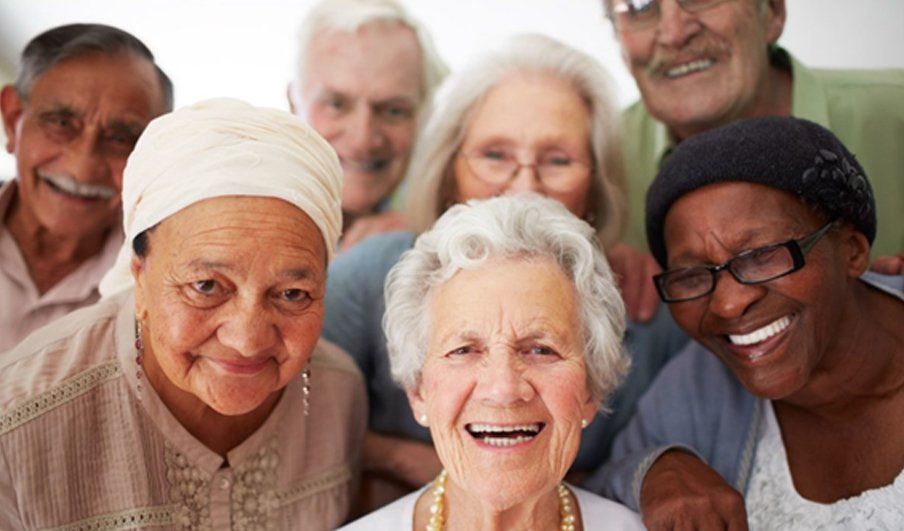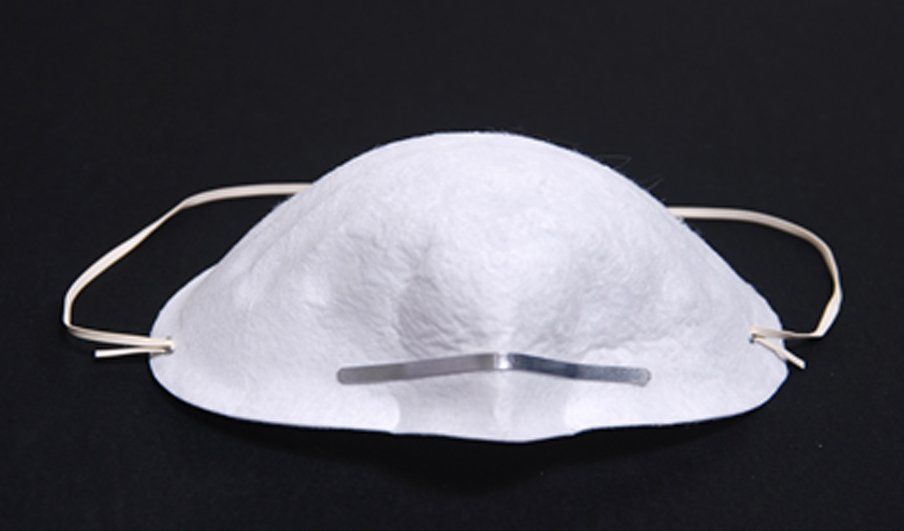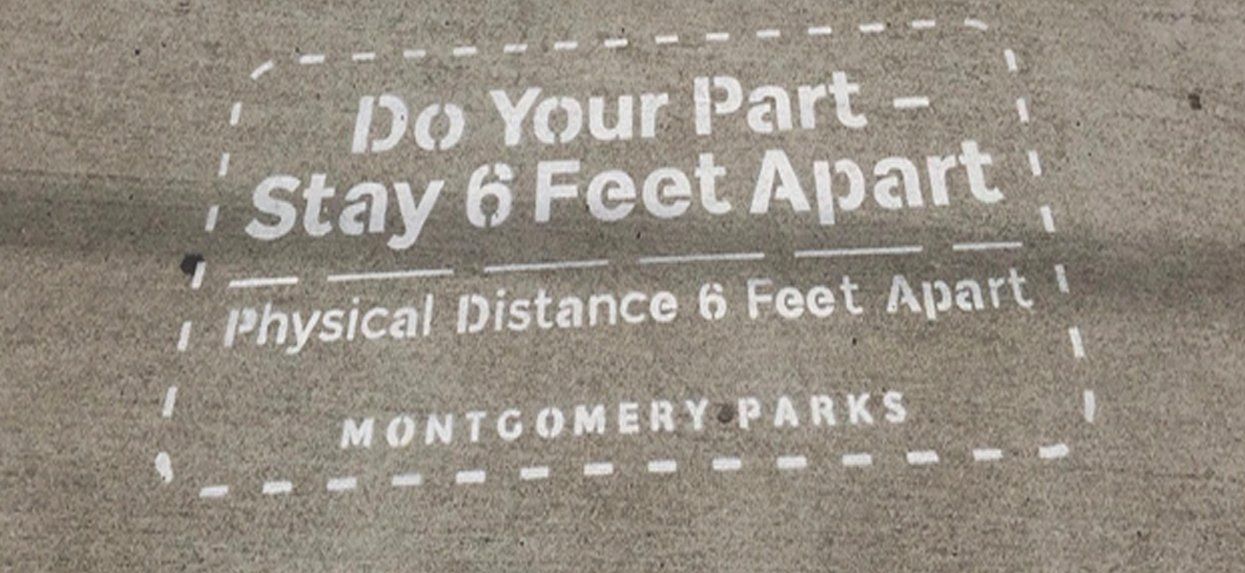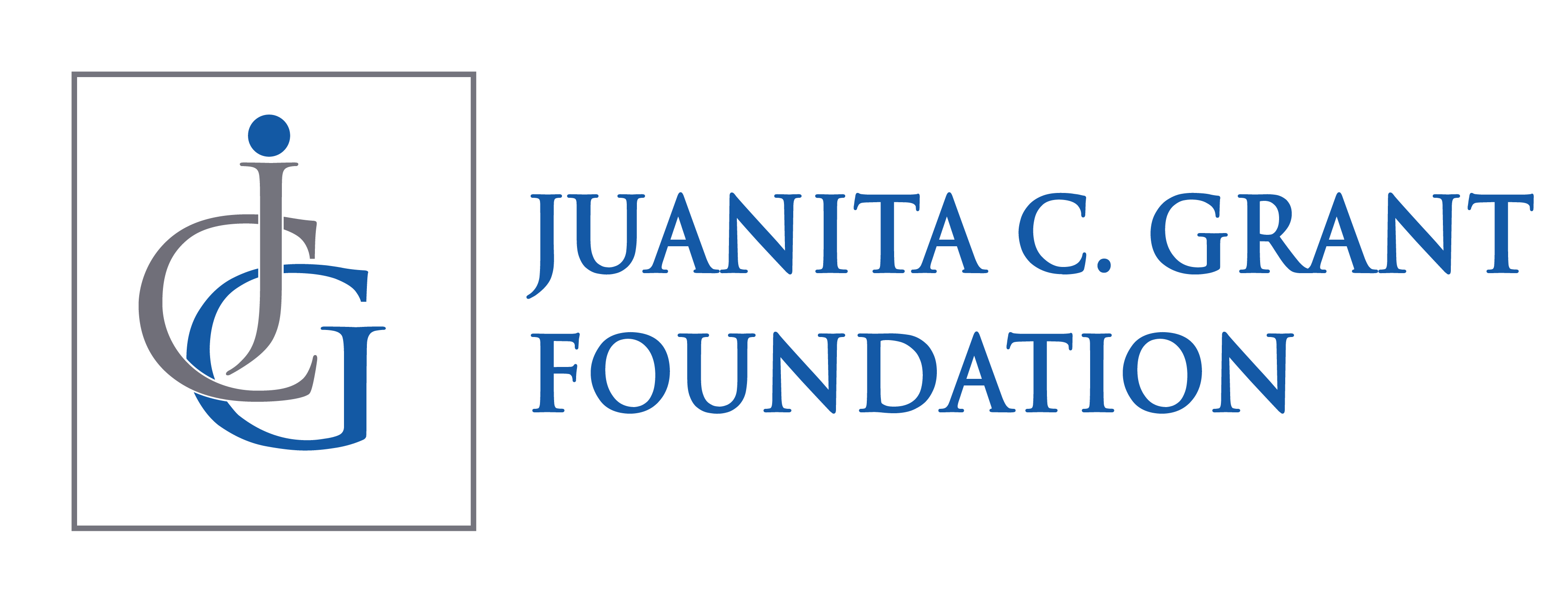All Disruptors Have One Thing In Common
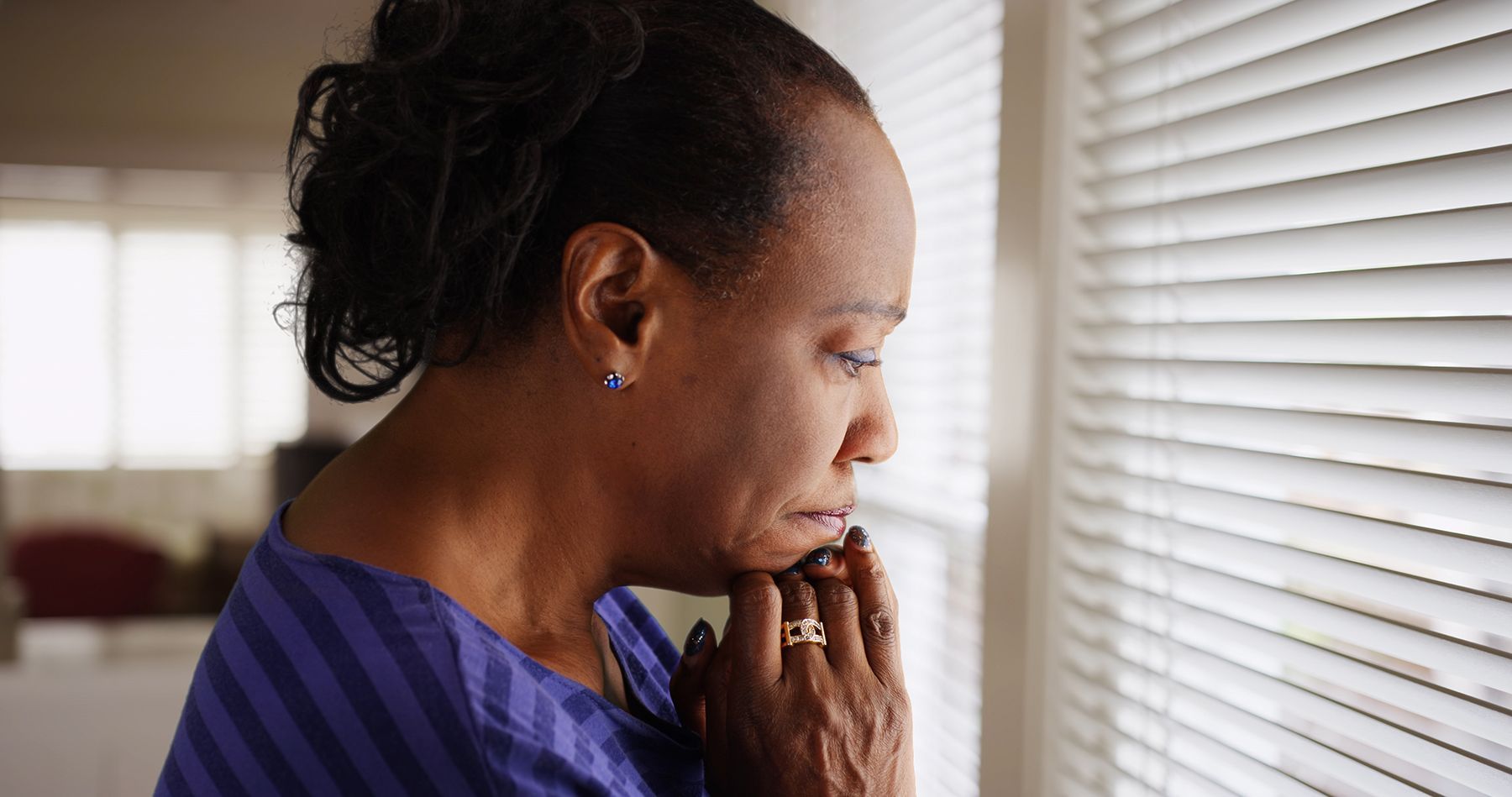
All disruptors have one thing in common: they are change agents. A disruptor is a person or thing that prevents something, especially a system, process, or event, from continuing as usual or as expected. In 2018, the Juanita C. Grant Foundation challenged the status quo, amplified the voice of older adults, listened and took the path to be a disruptor in elder abuse. "Financial fraud, scams, and elder abuse have seen alarming increases in recent years, with older adults often the most vulnerable targets." Elder Financial Abuse Statistics 2024: Common Scams & Frauds | ConsumerAffairs®.
Over the next 6 years, in partnership with Prince George's Parks and Recreation, we developed and executed the Elder Abuse and Fraud Prevention Training Series in all 9 districts of Prince George's County. During that time, we diversified partnerships to include training panelists from local, state, and federal law enforcement agencies, banking, elder law and victim restoration services. After each training, the evaluation data showed that "awareness" is the key to prevention, but it also highlighted the need for targeted intervention. Breaking the cycle of viral scams requires empowering the community to create its own solutions through innovative collaboration with government agencies.
On May 15th, 2024, the Juanita C. Grant Foundation and the United States Attorney's Office District of Maryland will present a full day invitation-only summit on
Victim Impact, Financial Fraud Prevention and Legal Rights. This collaboration brings together Federal and State prosecutors, medical experts, elder abuse and older adult advocates and representatives of diverse communities to establish common ground in developing targeted interventions to address
"The Intersection of Elder Abuse, Traumatic Impact of Scams and Residual Health Repercussions."
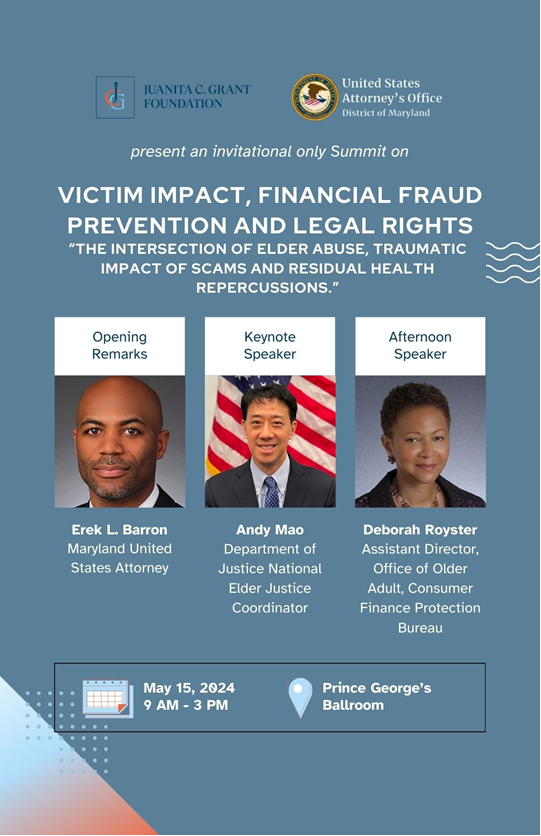
During the summit, we will seek innovative strategies to disrupt elder abuse and it's damaging long-term effects. Participants will have an interactive role in developing tangible steps to interrupt, prevent, and dismantle the exploitation of targeted communities
Morning Panel: Preventing and Interrupting the Financial Exploitation of Targeted Communities
Afternoon Panel: Dismantling the Trauma Caused by the Intersection of Elder Abuse, Exploitation and Health Repercussions
Do not miss out on this opportunity. For more information, contact S. Orlene Grant, Founder, President and CEO, Juanita C. Grant Foundation at ogrant@jcgfdn.org or 301.325.8850.
Orlene Grant, RN, BSN, MSN
Founder, President and CEO
Must Read Newsletter
Sign up for news and events
Newsletter
Most Popular


